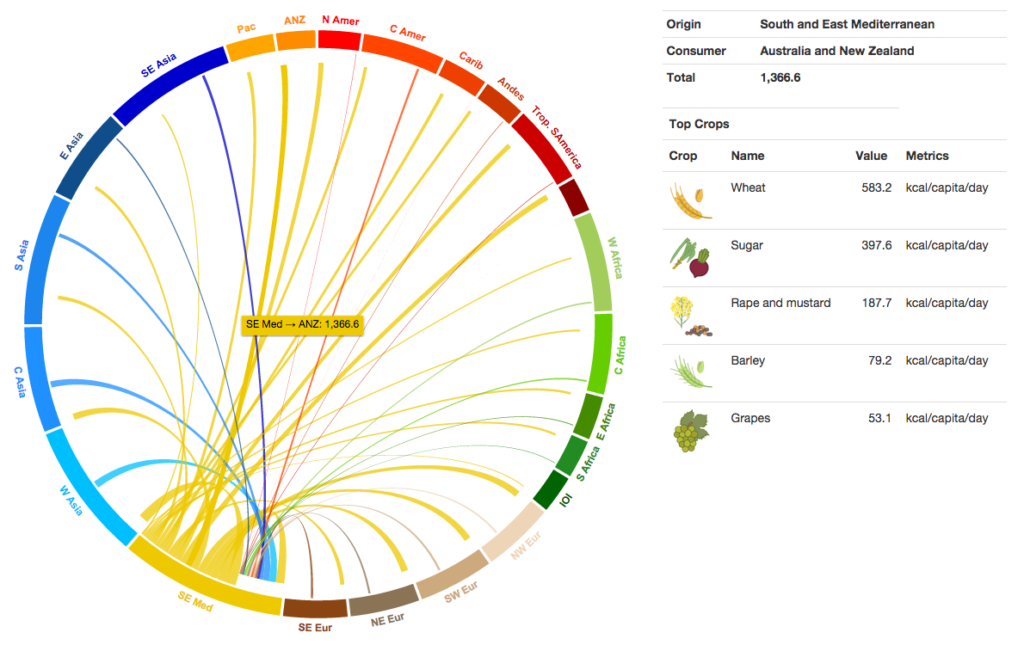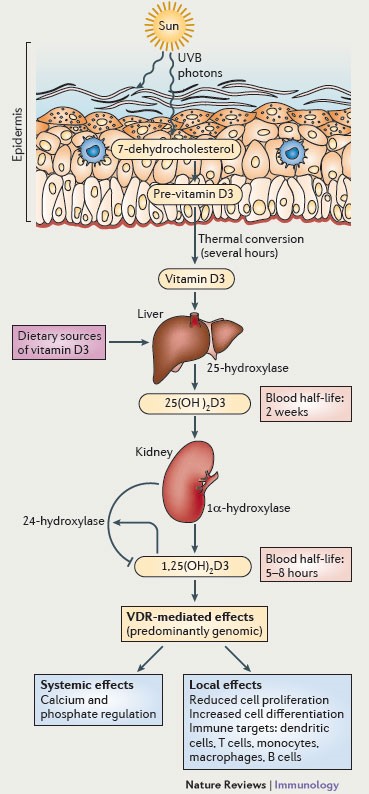
The July Issue of Scientific American highlights through visual graphics data from a study published in Proceedings of the National Academy of Sciences on trends in global food supplies. The two main takeaways of the study—that diets are becoming more homogenous and calorie-rich overall—are immediately apparent in the graphic, shown above. To read the rest of the story, click here.
Category Archives: Microbiome
Health: Vitamin D – The Myth vs The Reality
Vitamin D Myths and Realities
How It Works. How To Get It. Science.
In the past few years billions of dollars have been made off vitamin D sales. Taking science and carefully orchestrating snippets of data into inconvenient truths to produce a hype demand for a product we most likely do not need in this form.
Since researchers correctly observed that the incidence of common chronic diseases, such as obesity, heart disease, type-2 diabetes, and multiple sclerosis and inflammation were more common in populations of people living closer to the North and South Poles – the availability of these supplements has sky-rocketed through the roof.
Before I address the vitamin itself, let’s have a quick lesson in how vitamin d works in the body.

So What Exactly is Vitamin D?
First off – vitamin d is not a vitamin – it is a hormone. Bioactive vitamin D or calcitriol is a steroid hormone that plays an important role in regulating body levels of calcium and phosphorus, and in mineralization of bone. Receptors for vitamin D are present in a wide variety of cells, and that this hormone has biologic effects which extend far beyond control of mineral metabolism. It must be metabolized as it does not have any significant biological activity.
The hormone facilitates intestinal absorption of calcium and it also stimulates absorption of phosphate and magnesium ions. In its absence, dietary calcium is not absorbed at all efficiently. Vitamin D stimulates the expression of a number of proteins involved in transporting calcium from the lumen of the intestine, across the epithelial cells and into blood.
Vitamin D receptors are present in most if not all cells in the body. As research moves forward we continue to learn more and more about it.
Next Week: How To Get Vitamin D
